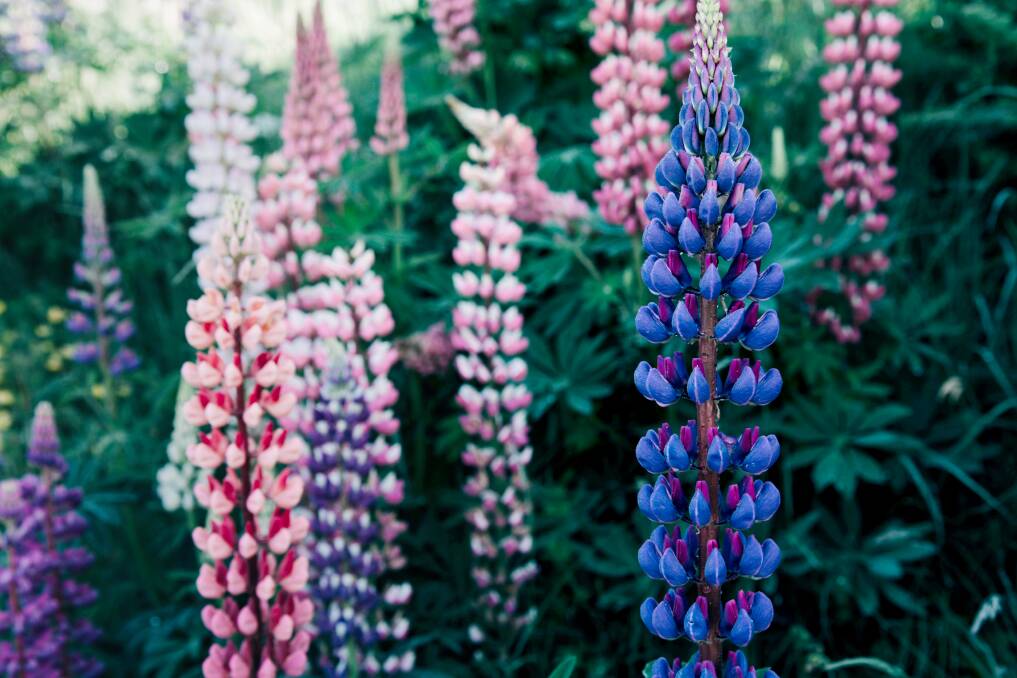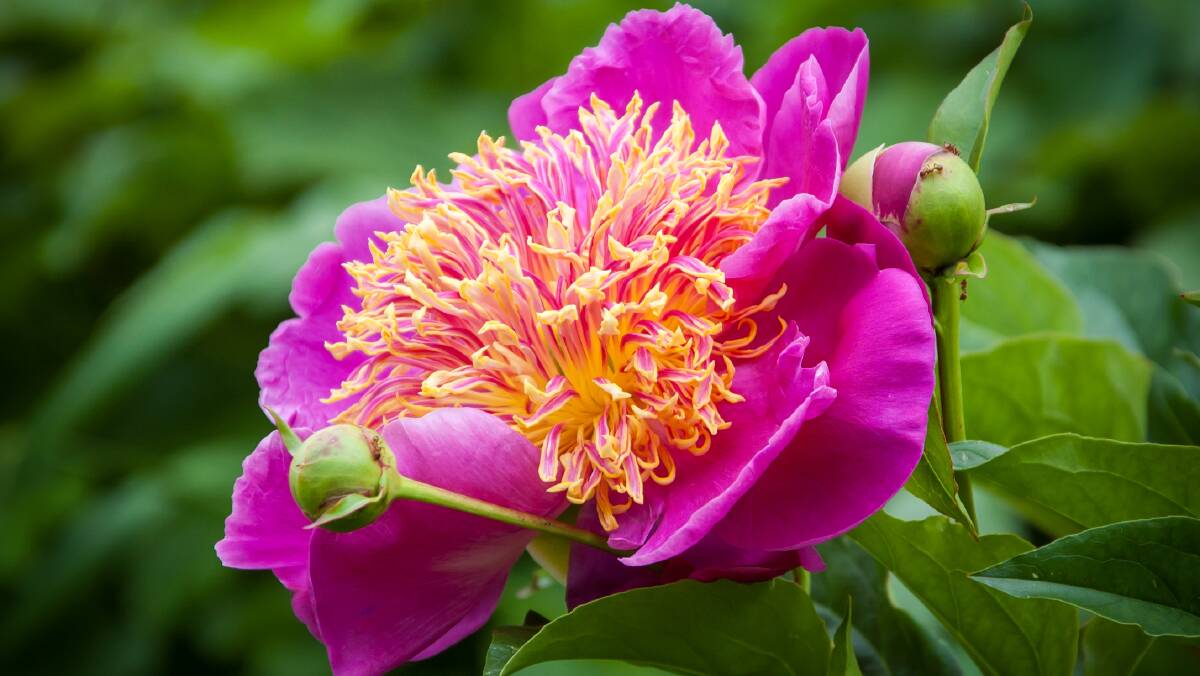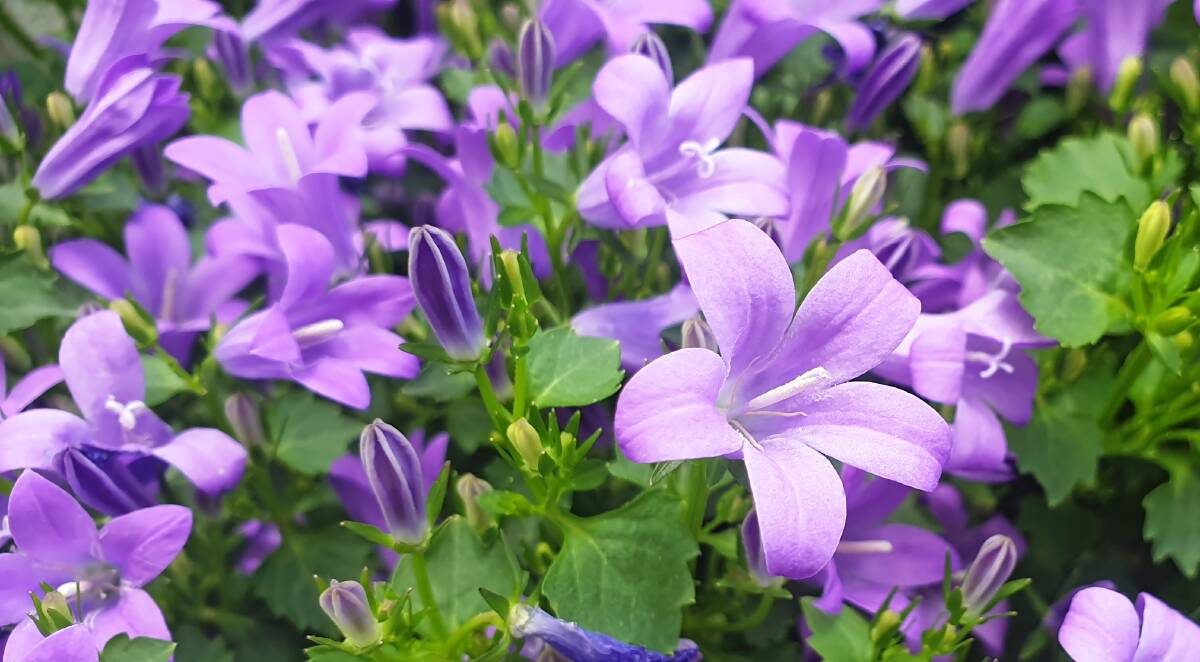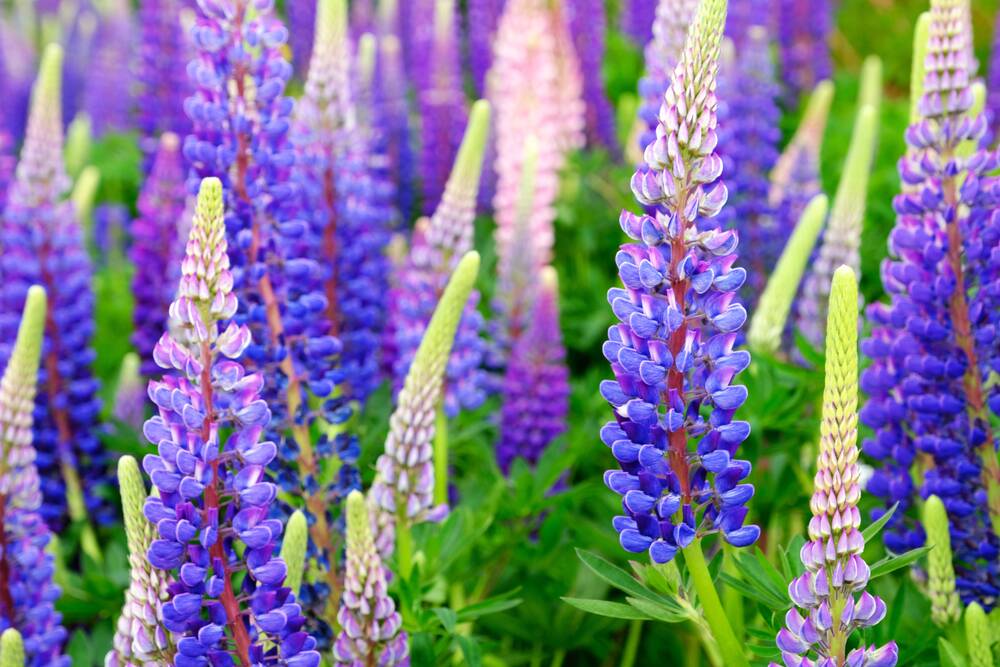
The typical perennial increases in size each year, usually around the outside of the previous year's growth and may become weakened by this overcrowding so division of the plant is necessary to create new plants and to increase overall vigour.
Subscribe now for unlimited access.
or signup to continue reading
Most perennials can be easily propagated by division but plants with solid crowns such as lupins, campanulas and delphiniums tend to be attacked by fungal diseases if divided this way so are usually best grown from seed, or if you wish to propagate a special cultivar, cuttings can be made from the shoots which emerge in spring.
However, these shoots tend to be hollow and will not produce roots unless they are taken with a sliver of rootstock attached. They will sometimes strike well if planted in a mix of equal parts coir peat and coarse sand.
Herbaceous peonies are increased by the division of its very woody rootstock with each piece having a growth bud on it.
Perennial asters produce a mass of thin, almost rhizome-like roots which have a growth bud at the tip. They fan out from the original plants and can usually be pulled apart to extend the planting after not more than two years growth for best results.
As with all perennials of this type the outer shoots are the ones to replant as they are younger and more vigorous than the central ones in the clump.

Summer flowering perennial phlox should have their solid, crowns divided every three to four years. The new season's shoots are readily seen by about July, and once again, the outside growth should be used.
If you want to propagate a larger number of any particular plant, root cuttings can be planted in a shallow seedling tray of seed raising mix and new shoots should appear within a month or so.
The red hot pokers, Kniphofias, are different from most perennials in that they are evergreen holding their foliage throughout the year.
They are very hardy not seeming to mind a little degree of neglect and varieties exist which flower at almost all times of the year. Some clumps have been known to survive for well over fifty years with very little care or attention.
To divide crowded clumps without damaging roots insert two spading forks in the centre then gently spread the handles.

Small clumps of daylilies can be divided using a hand fork. The old leaves may be cut back by about half but don't cut the centre leaves. Dust roots of each division with sulphur before replanting.
The hellebores form a woody rootstock which does not lend itself to division very readily however, they do self seed prolifically. The seeds will lie dormant until the spring following ripening.
Penstemons can easily be raised from cuttings made from the side shoots which appear after the main period of flowering while the large flowered varieties can be grown from seed. If sown in autumn the plants should flower the following summer when the best plants and colours can then be reproduced from cuttings.

If you are unable to divide and replant perennials on the same day cover the clumps with damp soil to prevent the roots from drying out then finish the task as soon as possible.
Diary
May 18: Meeting of the Australian Plants Society Tasmania at the Max Fry Hall, Gorge Road, Trevallyn at 7.30pm. Toni Furlonge from Biosecurity Tasmania will speak on Biosecurity and Invasive Plants
May 19: Launceston Horticultural Society meeting at Windmill Hill Hall, High Street, 8pm.
Daily: Emu Valley Rhododendron Garden, Burnie from 9am to 4pm. Closed Christmas Day and Good Friday. Tea room between 9.30am to 4pm.













